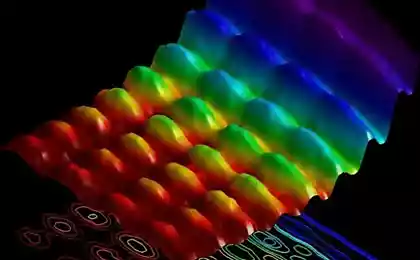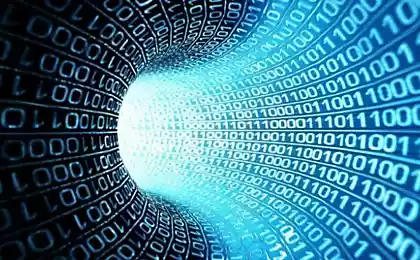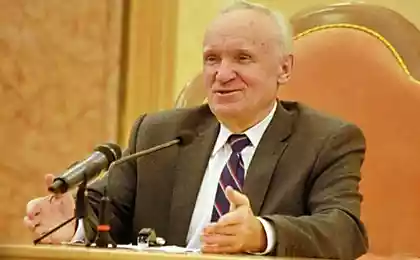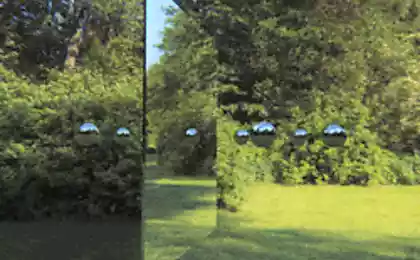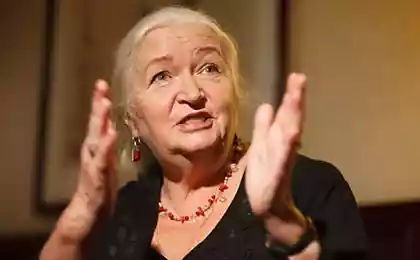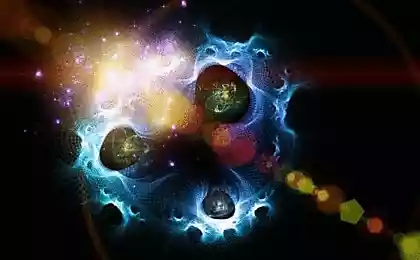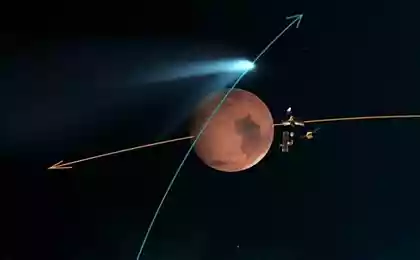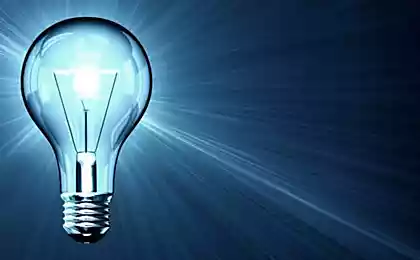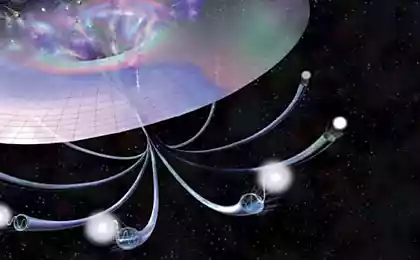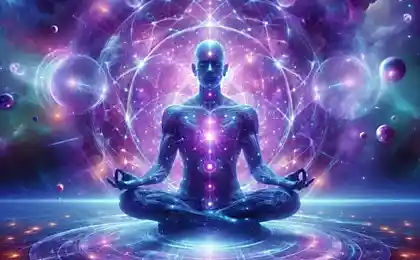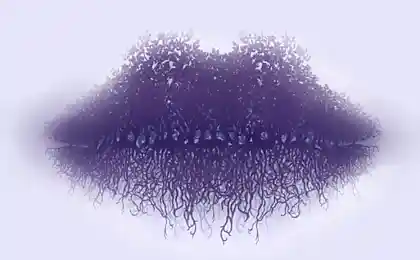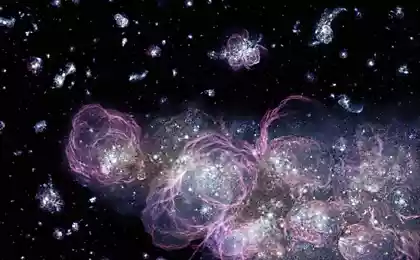281
What and how do you know about the reality you live in?
The gray and boring reality is for those who can’t think of anything better.
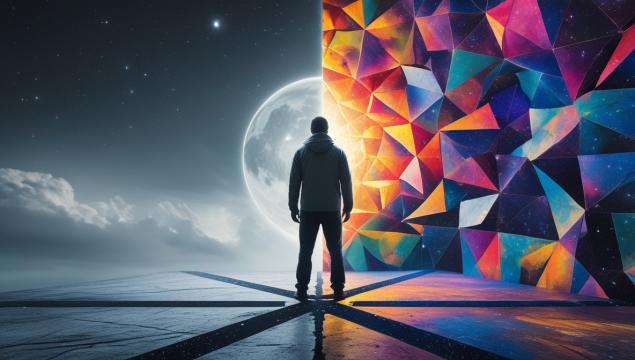
At the Crossroads of Realities: When Consciousness Awakens to Possibilities Beyond Ordinary Perception
What if you were told that the reality you perceive every day is just the construction of your brain? That every color, sound, taste, and sensation is not an objective truth, but an interpretation of electrochemical signals? And the most amazing thing is that you can actively participate in shaping that reality by changing how the world is perceived. This article is an invitation to rethink the familiar and create your own, brighter and more fulfilling version of reality.
The brain as the creator of reality
At each waking moment, our brain receives about 11 million bits of information through our senses, but consciously we only process about 50 bits. This staggering difference means that 99.9995% of the incoming information is filtered by our unconscious before it reaches consciousness. We never perceive “objective reality”—only an extremely limited, pre-processed version.
Research on neuroplasticity shows that the brain is constantly rearranging itself based on experience and attention. What you focus on literally shapes the physical structure of your brain, creating continuous feedback between what you notice and what your brain is capable of perceiving in the future.
Our brain is not a passive receiver, but an active creator of reality. It continuously generates predictions about what we should see, hear and feel based on previous experiences. These predictions shape what we ultimately perceive, often ignoring conflicting data. This is why two people can observe the same event and come up with completely different interpretations.
The effect of expectations
Experiments show that changing expectations changes perceptions. For example, when subjects were given the same wine but with different labels, not only did they report different tastes, but their brain activity in the pleasure centers did differ depending on the estimated price of the drink.
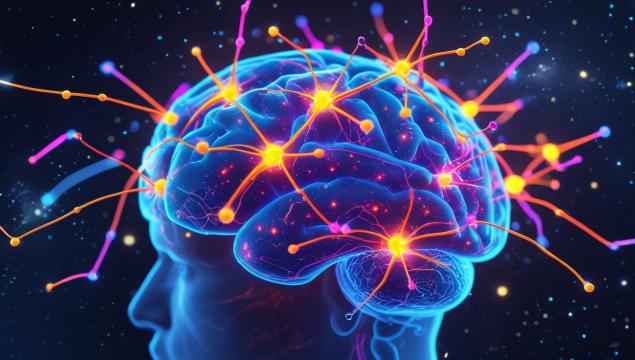
Neural Universe: Connections between neurons form a unique cosmos of personal perception
Our perception is not a window into the world, but an interactive construct created every moment. What if, instead of being a passive observer of your life, you started actively projecting your experience?
Quantum Uncertainty of Reality
Modern quantum physics has challenged the classical view of the world. At the subatomic level, particles exist in a state of probabilistic waves, taking a specific position only at the time of observation. This phenomenon, known as the collapse of the wave function, points to the fundamental role of the observer in shaping physical reality.
The famous double-slit experiment demonstrates that elementary particles behave like waves of possibilities until we begin to measure them – after which they decide to be particles. This paradoxical fact led physicist John Wheeler to conclude that we live in a “participating universe” where consciousness and reality are inextricably linked.
Quantum entanglement allows particles to instantly “communicate” at any distance, breaking the usual ideas about space and time. This strange relationship with everything suggests that our isolated individuality may be an illusion, and consciousness a fundamental property of the universe.
Sources of our knowledge of reality
Where does our understanding of the world come from? The main channels of formation of our model of reality include:
- Social programming Beliefs learned from parents, teachers, the media and the cultural environment
- Personal experience Direct experiences that form neural connections
- Language structures Words and grammatical constructions that predetermine the way of thinking
- Emotional patterns Early emotional experiences that create perception filters
- Physiological limitations Biological capabilities of the sense organs
Practical Steps to Increase Reality Perception
- Practice conscious attention. Take 10 minutes every day to observe ordinary things as if you were seeing them for the first time. Notice the details, textures, colors, and shapes you normally miss.
- Change your routines. Use new roads, visit unfamiliar places, communicate with people from different social circles – it destroys the patterns of predictions of the brain.
- Actively look for contradictions to your beliefs. Choose books, articles and interviewees that challenge your picture of the world – this expands the range of perceptions.
- Use sensory enhancement techniques. Periodically activate unusual combinations of feelings: eat with your eyes closed, listen to music, focus on only one instrument, touch objects using atypical body parts.
- Experiment with reality. Act as if the desired has already happened; monitor how the perception of the world around you changes under the influence of a new inner state.
History of Perception Transformation
Harvard psychology professor Ellen Langer conducted a famous experiment with a group of elderly people. They were placed for a week in an environment that recreates 1959, when they were 20 years younger. The participants had to act as if they were in the past.
The results amazed the researchers: the participants improved vision, hearing, memory, joint mobility and even physical strength. External observers rated them from before and after photos as looking much younger. A simple change of context and attitude has really changed people’s physiology.
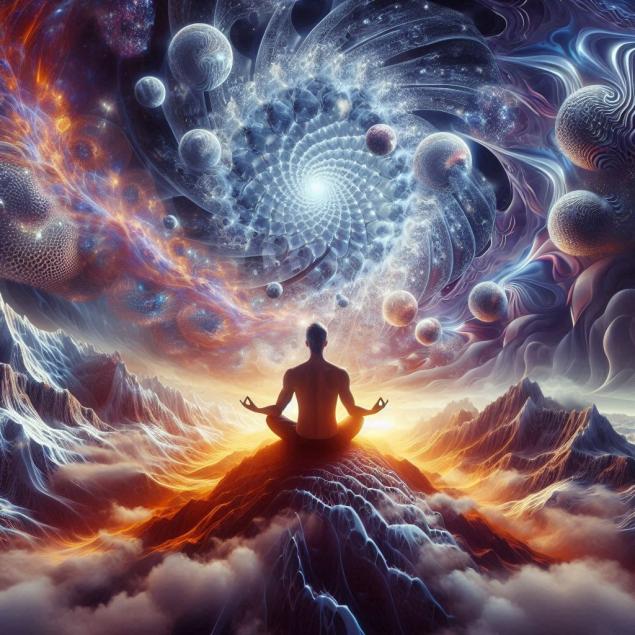
The meditative state as a tool for direct interaction with the quantum nature of reality
Key obstacles to creating your own reality
What prevents most people from consciously shaping their reality?
- Cognitive savings The brain tends to conserve energy using automatic perceptual patterns.
- Social pressure Fear of rejection when deviating from conventional views
- Confirmatory displacement The tendency to seek information that confirms existing beliefs
- Learned helplessness The belief that our impact on reality is minimal
Practical Techniques for Creating Your Own Reality
1. The method of neurocorrection of beliefs
Our deepest beliefs form the filters of perception. By changing these beliefs, one can transform perceived reality:
- Identify a limiting belief (e.g., “the world is dangerous”).
- Determine its source and age of formation.
- Formulate an alternative belief (e.g., “the world is full of opportunities”).
- Create a sensory experience that confirms a new belief.
- Repeat this experience daily for at least 21 days to form neural connections.
Using the principles of quantum physics, it is possible to activate the role of an observer to influence probabilistic events.
Choose a specific aspect of your life that you want to change. Every day for 5 minutes enter the state of “quantum observer” – focused mindfulness without expectations and judgment. Think of the desired outcome as already existing, not as a fantasy, but as one of the many realities to which you direct your attention. Gradually increase the practice time to 20 minutes.
3. Rewriting the narrative of life
Our lives are organized in the form of stories we tell ourselves and others. Changing these stories changes perceptions of the past, present and future:
- Choose a significant event from the past that you treat negatively.
- Find at least three alternative interpretations that make it neutral or positive.
- Rewrite history using new interpretations and details.
- Retell yourself the new version regularly, supporting it with visualization.
Reality as a Creative Process
The gray and boring reality is not a sentence, but a lack of imagination and awareness. Modern science increasingly confirms the ancient wisdom that we are not just observers, but active co-creators of our experience.
Each moment contains an infinite number of potential perceptions and interpretations. What you consider “reality” is largely the result of your attention, expectations, and deep-seated beliefs. By changing these factors, you literally change the world you live in.
Start today – challenge your limiting beliefs, experiment with perception, push the boundaries of the possible. Remember, a boring reality exists only for those who have agreed to it. Your reality can be as vivid, deep and fascinating as you have the courage to reinvent it.
Glossary
Neuroplasticity
The ability of the brain to change its structure and function throughout life in response to learning, experiences, and environmental exposures.
Cognitive distortions
Systematic errors in thinking, perceiving, and remembering that affect decisions and judgments about reality.
Collapse of the wave function
A concept in quantum mechanics that describes the transition of a quantum system from a superposition state (a set of probabilities) to one particular state as a result of measurement or interaction with an observer.
Quantum entanglement
Quantum mechanical phenomenon in which the states of two or more objects are interdependent, regardless of the distance between them.
Confirmatory displacement
The human tendency to seek, interpret and remember information in a way that confirms existing beliefs and beliefs.
Learned helplessness
A psychological state in which a person believes that he has no control over the situation and stops trying to change anything, even when there are opportunities for improvement.
Social programming
The process by which society, culture, parents, and other social institutions shape an individual’s beliefs, values, and behavior.
Hogwarts faculties: Where would the Distribution Hat distribute you?
4 Famous Buildings Built by People With Tragic Fate
